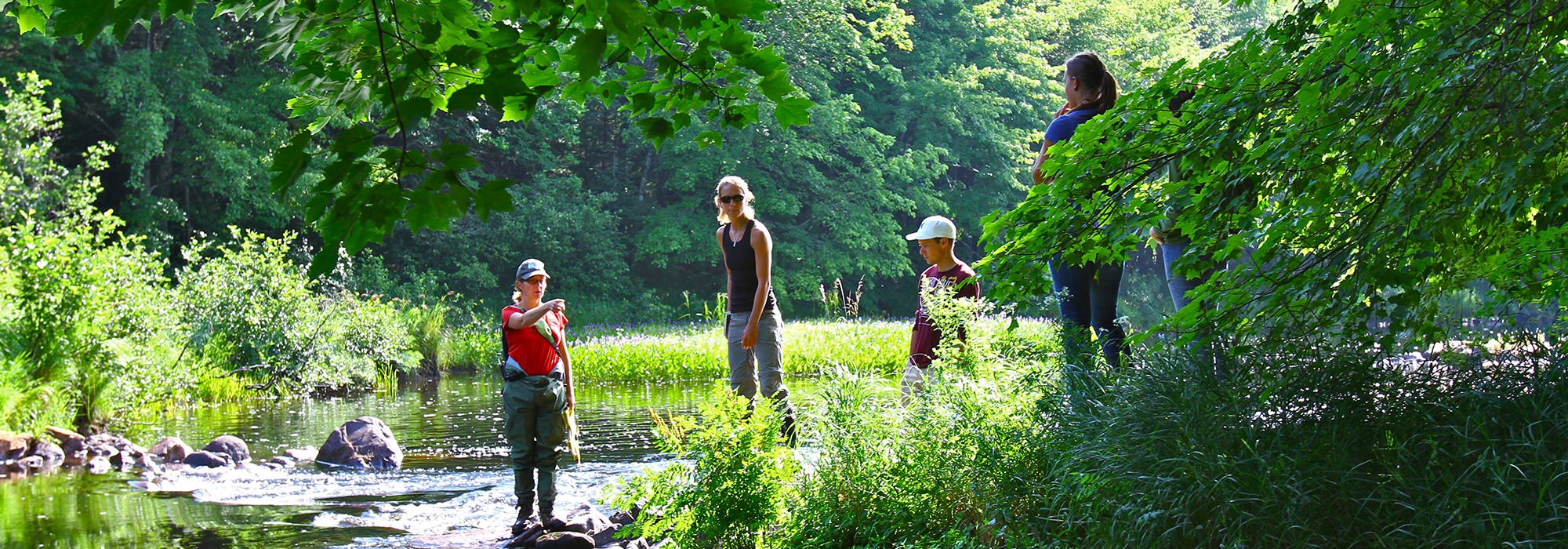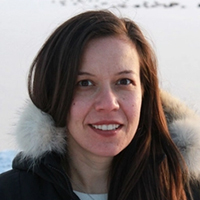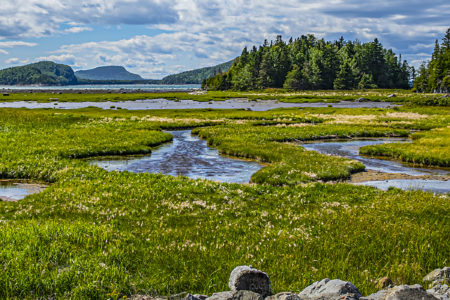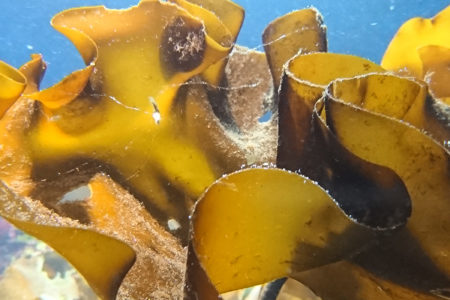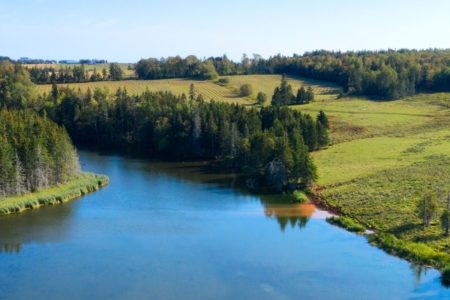
Over 600 people from across the country gathered (online) in May for a panel discussion about the soon to be created Canada Water Agency. After mandating its formation last year, the federal government has been consulting about the role the agency should play, and the water community is abuzz over this opportunity to reimagine the federal government’s role in managing fresh water.
The hope is to overcome major management challenges that have become all too familiar for those in the sector. For instance, we do not have a handle on the health of fresh water across Canada. The creation of a Canada Water Agency is a unique opportunity to tap into innovation that is out there today, in order to answer fundamental questions about the state of our fresh water and ways we can protect it.
Canada is vast and sparsely populated, with abundant bodies of fresh water spanning communities and the boundaries of traditional lands, provinces and territories. The sheer scale of these lands and waters is a point of pride but also presents a complex water management challenge now being amplified by climate change. Making informed decisions to protect fresh water requires research and monitoring efforts that are in step with the scale of our water systems and the vitally important role they play in supporting thriving and healthy communities.
The good news is there are active networks of local communities, government agencies, Indigenous nations, industry, academia, community groups and local institutions across Canada who are working to research, monitor and respond to freshwater issues.
The diversity of these efforts presents challenges but is also a strength. Working with limited resources, these networks are driving innovation and generating invaluable new insights. Bringing these distributed efforts together by tapping into, stitching together and broadening impacts will be key to the Canada Water Agency’s ability to deliver solutions to the challenges ahead.
Take the Lake Winnipeg Foundation, for example, and its Lake Winnipeg Community-Based Monitoring Network. Since 2015 the program has equipped local people with what they need to take samples in the basin, close to where they live, which are then analyzed in order to pinpoint phosphorus hot spots (areas that contribute a disproportionate amount of phosphorus — the key ingredient in algal blooms — to Lake Winnipeg). It is a medium-sized yet highly effective program, and one that was born from a lack of usable data about the whole watershed, as well as grassroots enthusiasm to track and improve the health of that lake.
Another example of the innovation under way is a freshwater research station in northwestern Ontario. The International Institute for Sustainable Development’s Experimental Lakes Area safely conducts experiments on real whole lakes to replicate and determine the impact of human behaviour on fresh water. It has also been steadfastly monitoring lakes for over 50 years, and has discovered (among many other things) that climate change is making our fish smaller and our lakes darker. Such was the impact of these findings that they made their way to multiple rounds of the United Nations Climate Change Conference of Parties.
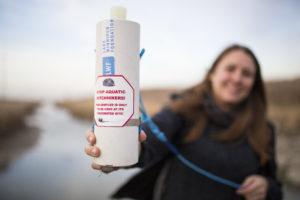
In both of these cases — one a highly successful grassroots effort and the other a truly world-class research facility — the science is generating insights and pointing to actionable solutions for better freshwater management. The next step is quickly getting these novel data sets to people including engineers, conservationists and researchers, for purposes ranging from creating safer infrastructure to developing better environmental assessment of new projects and improving safeguards on human health.
One initiative that is accelerating the flow of data is DataStream, an open access platform for sharing water quality data, led by the Gordon Foundation. With hubs in the Mackenzie Basin, Lake Winnipeg and Atlantic regions, DataStream provides a digital backbone allowing users including community-based monitoring groups, researchers and policy-makers to access, visualize and download water quality data sets from disparate sources. It’s also spearheading the use of new technologies including blockchain to ensure transparency and authenticity of data sets.
What’s key here is the endgame. Whether data sets are collected by governments, academic researchers, Indigenous communities or NGOs, they need to be brought together. Quite literally, DataStream’s goal is to put these data sets on the map — and into the hands of users.
These examples illustrate what is true across much of Canada: many 21st-century approaches to freshwater management are out there to be leveraged. As the federal government works on establishing the new Canada Water Agency, it can demonstrate real leadership and implement initiatives that support and expand upon these and other models.
First, we need to recognize the growing range of actors collecting and utilizing data for freshwater management and acknowledge that these vital initiatives effectively engage communities and the public in the decisions that affect them. The federal government has seen value in such efforts but there is an opportunity to coordinate federal support that has (like the management of freshwater itself) been spread across departments. Coordinating federal action was identified as an action that the government could take to show leadership in the Elevating Community-Based Water Monitoring in Canada report.
Second, though community initiatives invariably punch above their weight, they are often surviving on shoestring budgets and not fully communicating with their peers — not a sustainable model. The federal government should support existing programs to ensure their financial stability (including spaces for storing samples and lab analysis, since use of commercial labs can be cost-prohibitive).
Special attention needs to be paid to young people who are engaged in data collection and analysis, to enhance their skill sets, and to ensure that Indigenous voices, sovereignty and protocols are recognized and respected.
Finally, federal support should bring disparate existing organizations together, to share expertise, resources and best practices. This will result in the whole network becoming more efficient, and capable of effectively informing the wide range of people who use such data — from policy-makers, developers and engineers to conservation organizations and farmers.
Data sets are most valuable when they are thoughtfully managed and openly available. The federal government can continue to strengthen its commitment to an “open by default” approach, whereby projects that it funds and organizations with which it partners must take action to open up their data and are provided capacity-building support to help this happen. Supporting the creation and sharing of better, faster-moving data helps facilitate innovation, such as the use of AI to create better prediction models.
The development of the Canada Water Agency is a unique opportunity to improve freshwater stewardship in this country. The best way to do this is with strong federal leadership that taps into, builds up and collaborates with the networks that are active across Canada today.
Photo: The LaHave River, Nova Scotia. Credit: Oliver Woods.



